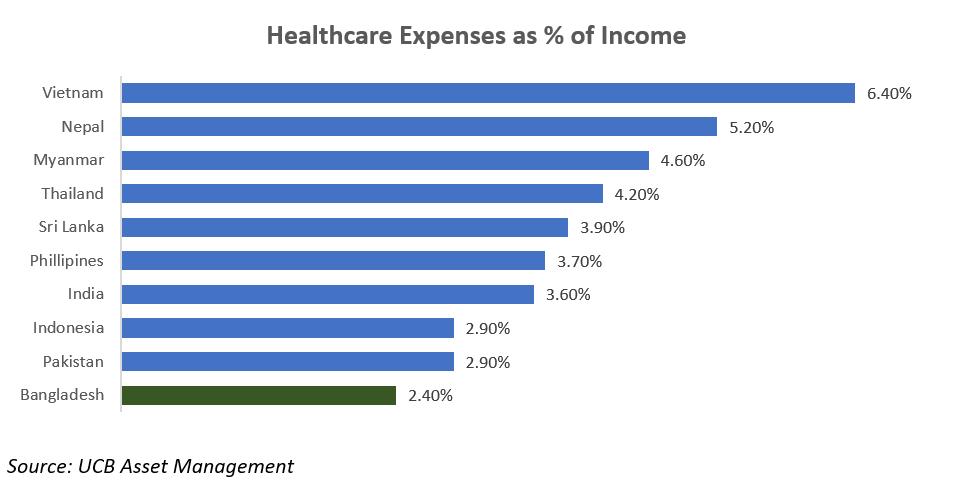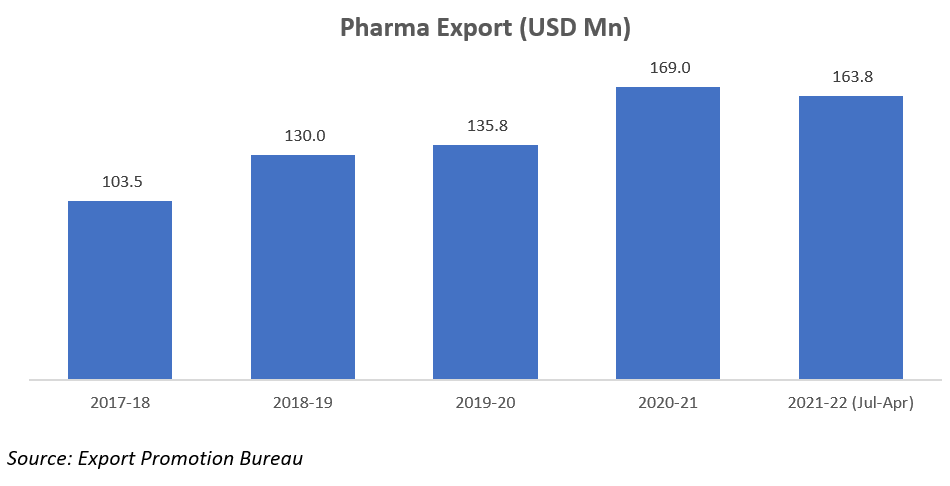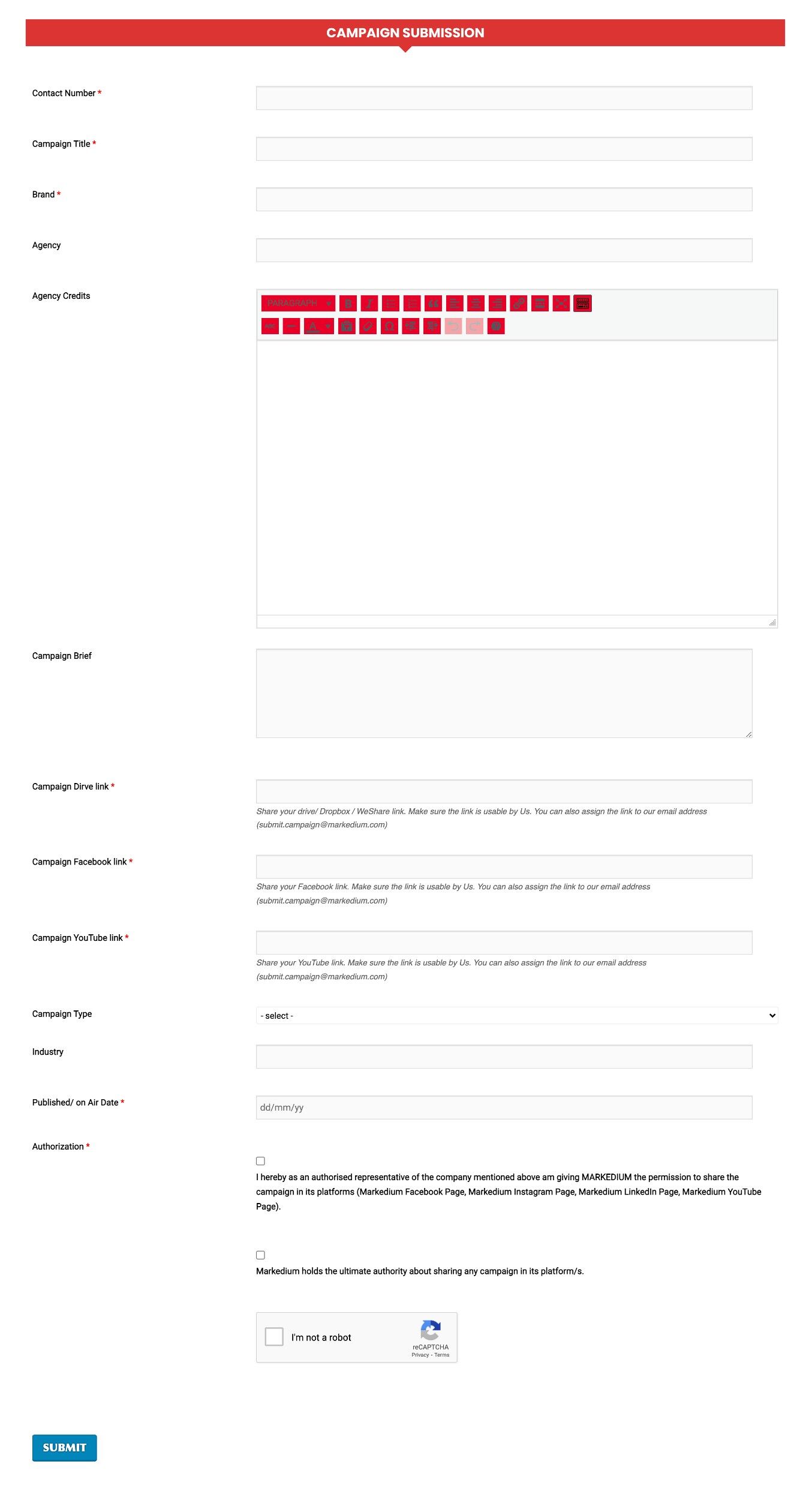
Pharmaceutical Industry Landscape of Bangladesh4 min read
The pharmaceutical industry is one of the emerging industries in Bangladesh. The primarily import-dependent sector can now meet most of the local demand through the local companies. According to a research paper by EBL Securities, Bangladesh’s pharmaceutical industries can meet about 98% of the country’s local market demand. It shows the significant growth and strength of the manufacturing companies of Bangladesh, which has also helped the country get cheap medications due to low-cost medicine production. The industry is now eyeing exporting its products as it has vast growth potential.
Read more: Consumer Electronics Industry Outlook Bangladesh
Market Size of the Pharmaceutical Industry
According to an article published by The Business Standard, the current market size of the pharmaceutical industry is around Tk 27,000 crore. The industry is meeting almost all domestic demand except for some specialized products like vaccines, anti-cancer drugs, etc. Even the pharmaceutical companies of Bangladesh now export to over 100 countries.
According to a research report by UCB Asset management, the pharmaceutical sector witnessed a 12.1% CAGR (compound annualized growth rate) over the last five years despite being affected by the pandemic. The industry has grown in line with the nominal GDP of Bangladesh and contributes about 0.9% to the overall GDP of the country. UCB Asset Management expects the pharmaceutical market to grow to Tk 1.0 trillion by 2030, driven by significant local demand and new export opportunities. As per the report, the firm expects the industry to grow by 15-16% CAGR despite the end of the TRIPS agreement to expire by 2033.
Factors Driving the Pharmaceutical Industry
The most defining driver for the growth of this sector will be the shift in demographics of the country. As per the population pyramid of 2021, 62.0% of the total population of Bangladesh is below the age of 34 years. As the population growth slowed to 1.0% in 2021 compared to 1.2% in 2011, 55.6% of the total population will be under the age of 34 as per the population pyramid of 2030. The demographic shift will mean more older generations in the coming decade, which means more opportunities in the local market as the aging population is prone to more diseases. Moreover, the shift in lifestyle will be another significant contributor to the growth of this industry. As the country’s purchasing power is rising with the continuous GDP growth, the dietary habits of the overall population are changing. Most urban people are now more accustomed to dining out regularly, increasing the probability of chronic diseases like Diabetes, Blood Pressure, etc.
Another factor that might play in the industry’s overall growth is the increased spending of the population on healthcare. Bangladesh spends about 2.4% of its total income on healthcare checkups. It has vast potential to grow as it is expected that people will become more conscious of health with the economy’s growth.

The export market is expected to see significant growth in the coming decade. The export market grew considerably to $169 Mn in the last decade and is expected to grow at a CAGR of 24% to $1.5 Bn by 2030. According to Businesswire, the global pharmaceutical market was worth around $1.2 Tn, of which the generic medicine market size was $411.6 Bn in 2020. The generic drugs market is expected to grow at a CAGR of 9.6% to $650.3 Bn. Hence there is enormous potential for the Bangladeshi Pharmaceutical companies to grow in terms of export. The country is self-sufficient mainly in the local market in generic drugs, and the cost-efficiency of production will allow companies to have a competitive edge to grab market share in the global pharmaceutical market. Hence the expectation of UCB management is not far-fetched as the pharmaceutical companies of Bangladesh have begun to explore new markets for export.

Conclusion
Undoubtedly, the pharmaceutical market has enormous potential to grow, and it is seen as the emerging sector to drive the overall export revenue of Bangladesh. However, there remains some uncertainty about what will happen after the TRIPS agreement expires by 2033. As stated in the UCB Asset Management research paper, 85-90% of the generic drugs produced in the country are off patent, which means the industry will be less affected even if the agreement expires. However, Square Pharmaceuticals will have more time within the TRIPS agreement as the company has set up a production facility in Kenya, eyeing the African market. As many major pharmaceutical companies have gained US-FDA approval for export, it is exciting for the industry.
For more updates, be with Markedium.


